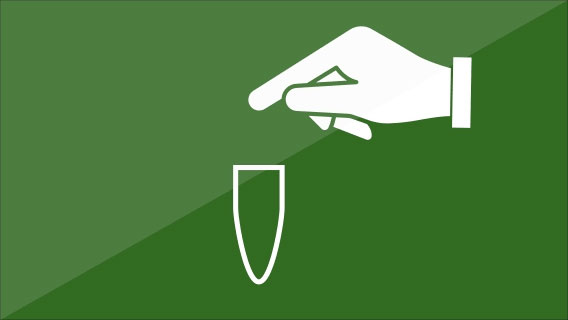Curricula
 Diabetes in Our Society
Diabetes in Our Society
In this lesson, students explore diabetes and learn to make solutions of different concentrations. They go beyond the biology of the condition to consider the experiences of those affected, as well as the complex risk factors that contribute to the racial disparity in the number of cases. To prepare for the lab, students are introduced to the concept of concentration by making their own Kool-Aid solutions and gain practice with unit conversions and solution-making calculations.
In the lab portion, students first connect their understanding of concentration to diabetes (which is marked by increased glucose concentration in the blood) and make a set of glucose solutions of known concentration. They measure their solutions using glucose reagent strips to make a ‘standard’ they use to determine the glucose concentration in the ‘blood’ samples of three patients. Students use this data to determine the likelihood that each patient has diabetes and prepare a presentation to one of the patients that communicates information about their diagnosis.
This lab was originally developed for Futurelab+, funded by Genentech. Check out the free curriculum here!”
Learning Objectives
- Make glucose solutions of different concentrations in mg/dL and measure glucose concentration using reagent strips
- Explain what happens inside the body someone with diabetes and describe individual and societal risk factors that lead to diabetes.
Prior Knowledge
- Basic algebra including dimensional analysis
- Metric units
In order to access any Curriculum resource, please or if you haven't already done so.
Disciplinary Core Ideas:
LS1.A – Structure and Function
“Feedback mechanisms maintain a living system’s internal conditions within certain limits and mediate behaviors, allowing it to remain alive and functional even as external conditions change within some range.”
Science and Engineering Practices:
Communication Information
Crosscutting Concepts
Cause and Effect
Scale, Proportion, and Quantity
In order to access any Curriculum resource, please or if you haven't already done so.

